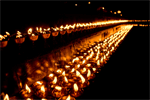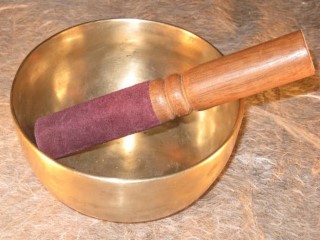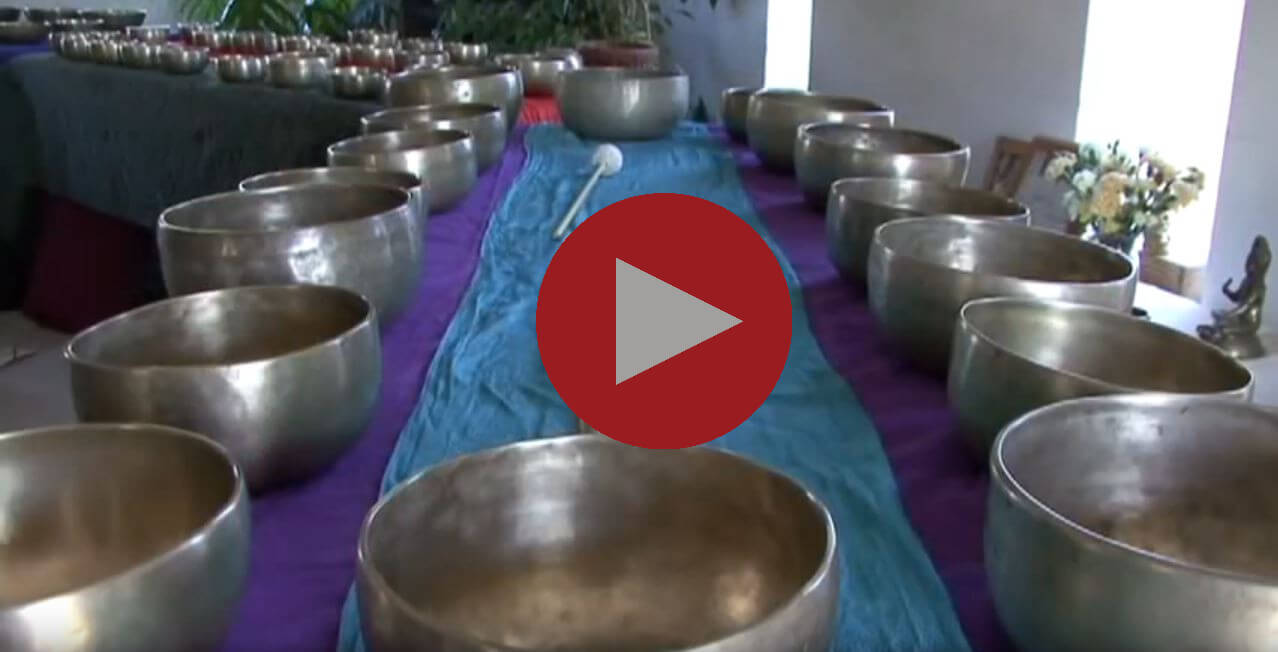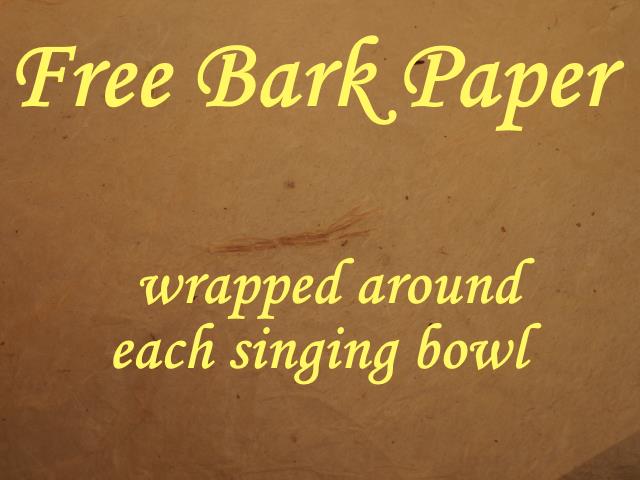What makes antique premium quality singing bowls almost unique in the world of collectibles is they have antiquity, beauty, and present-day utility. Their allure is so strong and supply so limited that an entire industry of modern bowl making has developed to meet the demand. Best Singing Bowls only handles antique bowls, any Tibetan singing bowl for sale you purchase from us is guaranteed to be from centuries past.
Genuine antique singing bowls were all hand hammered, an arduous process requiring skill and perseverance. The artist would start with a flat circular piece of metal and shape it gradually into a bowl. The quality standards of the time required a smooth finish which meant many blows of the hammer. Fine light blows would be needed for the proper finish. After shaping would come adornment which could range from simple hammer slashes to elaborate hand etching. This artwork would wear away with use over a very long period of time.
How Many Old Singing Bowls Were There?
By definition there is a finite supply of hand made, antique Tibetan singing bowls of all qualities. How many were originally made and how many have survived into the present era? I am going to indulge in some speculation here.
Singing bowls, or as they were known then, household bronze bowls, were common in Nepal and in adjoining countries like Tibet, Bhutan and Northern India. These bowls were very important possessions, there are records of them being gifts in weddings and passed on to others. In some old photos of common people and markets you can see brass bowls. Estimates of the population of Nepal in 1900 are around 3 million so you could imagine there being 10 million people living in the area where singing bowls were a part of the culture.
Based on the fact that these bowls were at one time staples in both the home and the market, I would say well over ten million bowls were made over the past thousand years.
Even with all the old bowl makers gone and new substitutes coming into the market I believe several million old bowls existed in the Himalayas as recently as the 1980’s when they first started to come to the attention of more than antiquities specialists in the West. Out of all those ancient singing bowls that survived to the modern era I think it likely the total number of exceptional quality singing bowls was only a few hundred thousand.
Antique Tibetan Singing Bowls
Based on accounts of early travelers in Tibet it would appear that monasteries could have hundreds or even thousands of Tibetan singing bowls that would be used in daily practice and ceremony.
Not all of the Tibetan Buddhist schools would use the sound of bowls but all monasteries would have some singing bowls in their possession. Antique bronze bowls would also be used as butter lamps and in general household use.

There were 7,000 monasteries in Tibet in the mid 20th century so the supply of bowls including Tibetan singing bowls specifically made for sound healing was quite high.
Antique Bowls are Disappearing
Singing bowls have been exported from India and Nepal for forty years. In the 1980’s the predominant singing bowl style exported were the Manipuri. In the 1990s Jambati became a part of the mix. The largest volume of singing bowls exported was in the first decade of this century. The biggest sellers were sending hundreds of thousands of bowls out each year. That will never happen again, the supply is no longer there. The biggest Indian exporters of that time have left the antique market for the easier profits of new bowls.
Based on what I’ve seen the supply of Manipuri singing bowls, that style in both Nepal and India is close to played out. Quality Manipuri singing bowls are coming out of the countryside in a trickle and the larger double thickness examples that were the staple in the 80s are quite rare. The most common singing bowl now is the straight sided Thadobati. Those, too have changed in character over the years. Extra thick Thadobati singing bowls, ones that can be reasonably dated as hundreds of years old are also much less abundant than in the past. Mani style bowls, always rare have changed over the years. Very broad rims, the oldest style, used to be common, now they are maybe 10% of what is in the marketplace.
The Window of Opportunity – Increasing Value
The one truth we all know — anything that is valued globally, value increases globally. What this says to me is that there is a window of opportunity in singing bowls and at some point that window will close. It was the perception of this window that moved me to create BestSingingBowls.com.
Spectacular Jambati and thinner Thadobati singing bowls are still abundant but nobody knows how long this supply will last. Limited amounts of singing bowls that used to be common are available but prices are up and high quality harder to find.
Trading Ancient Objects for Bits of Modernity
 One interesting question is why are these antique singing bowls for sale being sold if they have been in families for generations. The short answer is these bowls are now being used for very mundane purposes, eating, cooking, carrying and storage, and modern alternatives from stainless steel to Tupperware are better suited to those tasks than heavy more easily breakable brass. Villagers are happy to get cash in hand for old bowls and plates to purchase better performing modern replacements, which changes the landscape relative to the history of singing bowls.
One interesting question is why are these antique singing bowls for sale being sold if they have been in families for generations. The short answer is these bowls are now being used for very mundane purposes, eating, cooking, carrying and storage, and modern alternatives from stainless steel to Tupperware are better suited to those tasks than heavy more easily breakable brass. Villagers are happy to get cash in hand for old bowls and plates to purchase better performing modern replacements, which changes the landscape relative to the history of singing bowls.
From a Western perspective, these singing bowls are part of the cultural heritage of Nepal, in Nepal, they are regarded as old and impractical (except by dealers who understand their export value).
If it were not for the export trade many of these singing bowls would simply be lost, broken in use or gone to the melting pot for their metallic value. The recent run up in the price of copper to $10 per kilo had many scrap metal dealers scouring the countryside for heavy metallic objects.

The Flow of History
Throughout the Himalayas the transition to modernity is having wrenching consequences for traditional societies. A great book on this subject is Ancient Futures by Helana Norberg-Hodge.
The transition of rural society from a subsistence and barter economy to one with cash has the consequence of the movement of objects with cash value from the rural poor to those with money. There was little incentive to move things on when cash was of little value but now that there are many things one can acquire only with cash, possessions are looked at in a different light. The desire for these modern objects is the primary force moving the singing bowls from households in the Himalayas to the internet in the first world.
Some historical context for the use of Himalayan singing bowls
How to estimate the age of an old Himalayan bowl
The interesting parallel history of old US coins in the 60’s and old singing bowls today
















